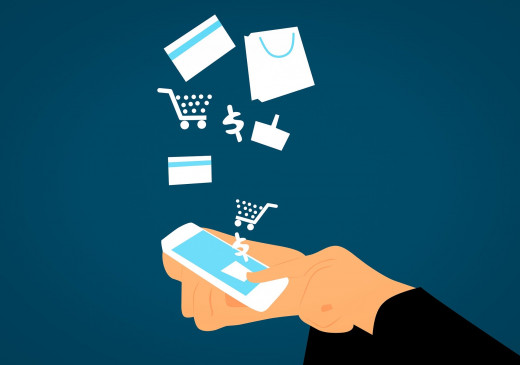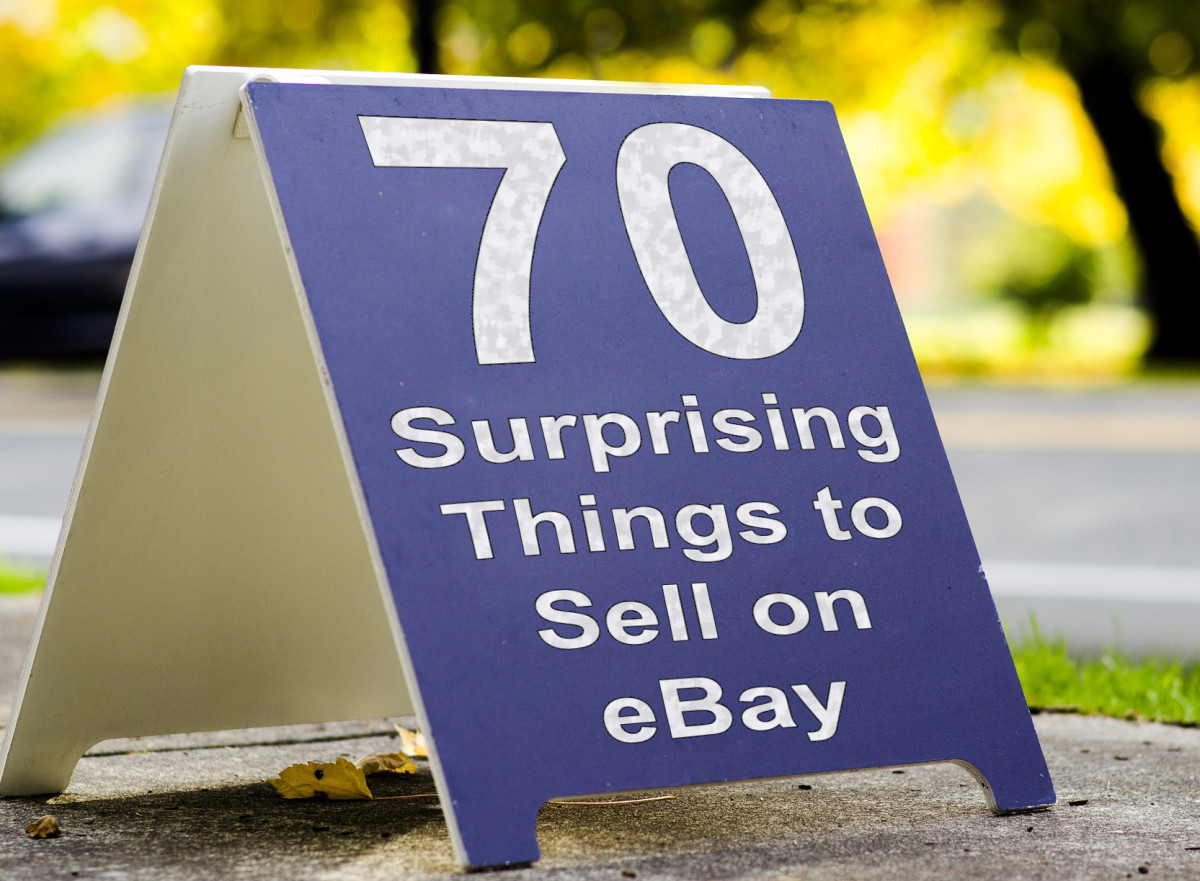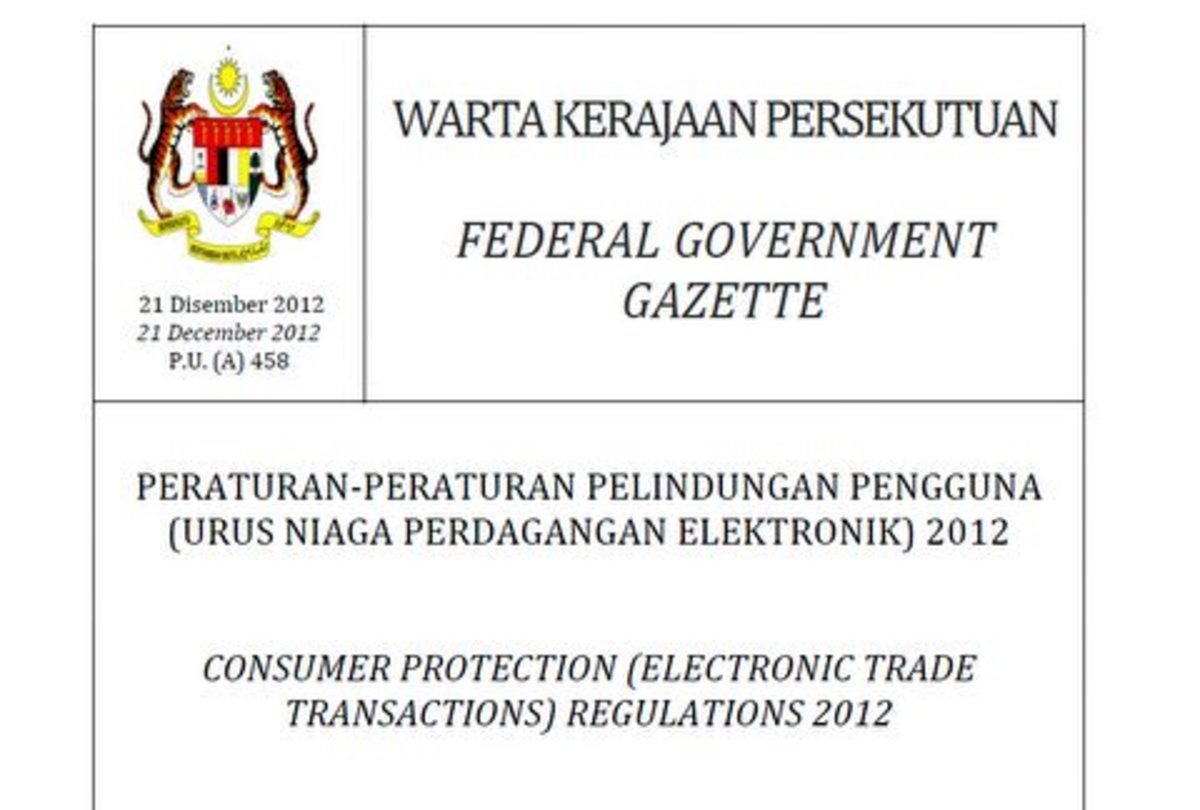4 E-commerce Trends to Drive Sales and Brand Growth
As we’ve officially entered the Year 2020, businesses-of-all-sizes around the world are ready to embrace and seize all the opportunities and possibilities with great positivity and enthusiasm. They are focused on leveraging transformative approaches that can help them target and gain new customers and accelerate their buying process. With people increasingly shopping for most of their goods and purchases online, establishments are getting the sense that they must pursue the Holy Grail of ecommerce trends. Staying on top of future ecommerce trends will enable you to reach a large number of users globally, establish an online presence, and drive your sales and revenue. However, the landscape and market of the ecommerce industry constantly evolve and change, and so do consumer purchasing habits and needs. The rapid alteration results in changing different trends which were all the rage and established once.
For an ecommerce marketing specialist or store owner, the ongoing trends are the pulse of their product marketing and sales strategy. Thus keeping a finger on them is vital to stay efficient and competitive and drive your brand awareness in 2020. In this article, we’ve brought four ecommerce trends that will help deliver the best quality of services and increase revenue while lowering recurring costs and operational expenses.

4 E-commerce Trends Set To Dominate 2020 at an Overwhelming Pace
- The emergence of “Re-commerce”: The Second Hand Market
- Multiple Payment Gateways and Right Prices
- Mobile Shopping or M-Commerce
- Fulfillment and Delivery Options
E-commerce Trend #1: Emergence of Re-Commerce
Whether you call it re-commerce or second-hand online commerce, or something else, the online virtual market for buying and selling used goods and products has never been substantial. The experts at Thredup accumulated valuable data and anticipated that the e-market for second-hand products will exceptionally explode and grow in the years to come. However, predicting the second-hand market is not going to be a cakewalk as several factors need to be considered and understand to get a grasp of this increasing trend, such as:
- The continuous focus on sustainability.
- The need to find new ways to thrive and keep ahead of trends in various industries as per consumer demand.
- The ability to acquire gently and sought-after goods for less money and not just the old junk that is of no use.
- An understanding of current consumer demand and attaining trendy second-hand products.
When selling second-hand products on the online market, you need to make sure that you provide your consumers with the benefit of returning or reselling the goods without impacting the quality. Doing so will give you an upper hand to get in and stand out in this growing fashion while providing value to your online buyers and bringing profit to your company as well.
E-commerce Trend #2: Appropriate Prices and Multiple Payment Gateways
A lack of indication of the total price of a product and different payment as well as delivery options is one of the main reasons assignable for increasing abandoned cart rate. According to research conducted by GetElastic, over 40 percent of customers abandon their online shopping cart if the total price is not defined correctly and if they find any hidden charges. Although online shoppers want to get the low prices, they also seek quality and clarity from the seller. And if they find a high-quality product with accurate information for a slightly higher price than an average product with incorrect information, but for a less rate, they indeed won’t mind spending a few extra bucks. Sometimes, people don’t purchase the cheapest product simply because of the perception of having something wrong with it. To overcome this insecurity about the assessment and worth of the purchase, you can offer some discount or promo code to price-match.
Furthermore, using more than one payment gateway will ensure your customers’ experience to be smooth, convenient, and hassle-free. Many shoppers say they abandon the purchase if a site doesn’t have fully-functional payment options or several gateways. The reason is that they have a preference for certain methods that are convenient and bring additional benefits to them, for example, cashback points, cashback coins, discounts, etc.
Over 40 percent of customers abandon their online shopping cart if the total price is not defined correctly.
E-commerce Trend #3: Mobile Shopping or M-Commerce or Mobile Ecommerce
While mobile commerce, also called M-Commerce, is not a new term, it certainly has gained a lot of traction over the last few years and is still growing. Many experts even refer to this trend as the next big thing as it’s not only a subset of ecommerce but also anticipated to advance the ecommerce efforts by increasing sales and revenue for businesses. In layman’s terms, m-commerce usually involves shopping and making payments online through a smartphone, tablet, or other mobile devices.
It’s essentially a constructive approach to provide internet users with immediate access to an array of products, services, brands, and online stores on their mobile devices. More and more people are relying on their smartphones and tablets to purchase and sell goods, pay utility bills online, book tickets or services, and perform different tasks. Companies should invest in this growing trend to offer a convenient and user-friendly system and interface to conduct business transactions quickly, successfully. It’s also predicted that mobile ecommerce sales will account for over 54 percent of total ecommerce sales by the year 2021. This trend and choice of shopping are being driven by easy reachability, improved portability, greater convenience, and better security capabilities.
E-commerce Trend #4: e-Commerce Fulfillment Issues and Delivery Options
Among other reasons for cart abandonment, the most common cause is attributable to problems with eCommerce shipping and fulfillment processes, including long or delayed shipping, high shipping costs, freight costs, and other hidden charges. The rise of eCommerce, as well as mobile eCommerce, intends to improve customer journey and experience by putting extra emphasis on comfort, convenience, and on-time delivery.
It’s not wrong to say that fulfillment and convenience are two important factors that can make or break an online user’s purchase. If shoppers don’t receive the product in a timely fashion or the shipping rate is way too high or the site doesn’t have their preferred carrier, a potential user might cancel the purchase and buy from another business. For instance, finding that the shipping cost of the item is higher than the product itself. While it’s difficult to please every online customer in this concern, implementing an effective shipping strategy can help you meet your potential customers’ expectations, drive sales, and grow your eCommerce business online. Here are some tips that will help you design and put efficient e-Commerce shipping and fulfillment solutions in place:
- Set clear goals and define your objective
- Decide on a shipping method: free, per-product fees, real-time carrier charges, or flat rate
- Calculate shipping costs based on package size and weight, destination country, and origin country
- Pass along table rate shipping to provide your customers with accurate information and prices
- Invest in branded packaging solutions or source the packaging from DHL, USPS, or UPS
- Keep the product packaging as light and small as possible
- Opt for cost-effective shipping tracking and insurance solutions








